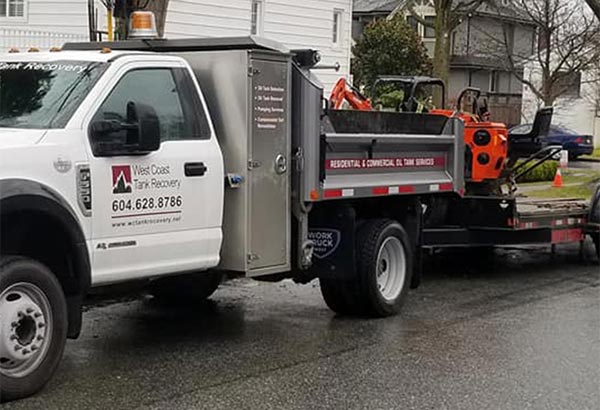 Fully Licensed and Insured
Fully Licensed and Insured Request an Oil Tank Scan
Request an Oil Tank Scan Request a Free Estimate
Request a Free Estimate

If your house was built between the 1920s and 1960s, there is the possibility of an underground oil tank on your property. These homes used to use oil as a heating source. With the passage of time, these tanks were left unattended. The oil remaining in the tanks may spill and can cause danger, leaking toxic elements and hazardous material that contaminate the soil and underground water. The oil can also flow into the drainage and cause an unpleasant smell. Informed buyers check for the existence of oil tanks before purchasing a property.
There are many signs that may indicate the presence of an oil tank on your property. If you find a filler pipe or a vent pipe sticking out of the ground, it shows that there could be a tank filled with oil through these pipes. A sunken area or a dead grass spot on your lawn, is also an indication that the oil spill has already stared, contaminating the soil. However, you may not always find the signs and there could still be tank hidden under the ground. Hiring professional oil tank removal experts in Vancouver will help you to detect and get rid of such tanks easily.
When you have detected an oil tank on your property, you have to take necessary steps to remove it as soon as possible. You should seek help from licensed professionals, who can handle toxic materials and dispose of them while adhering to the guidelines. If the oil leakage has contaminated the soil, professionals test the soil samples in a laboratory and restore the site with remediation.